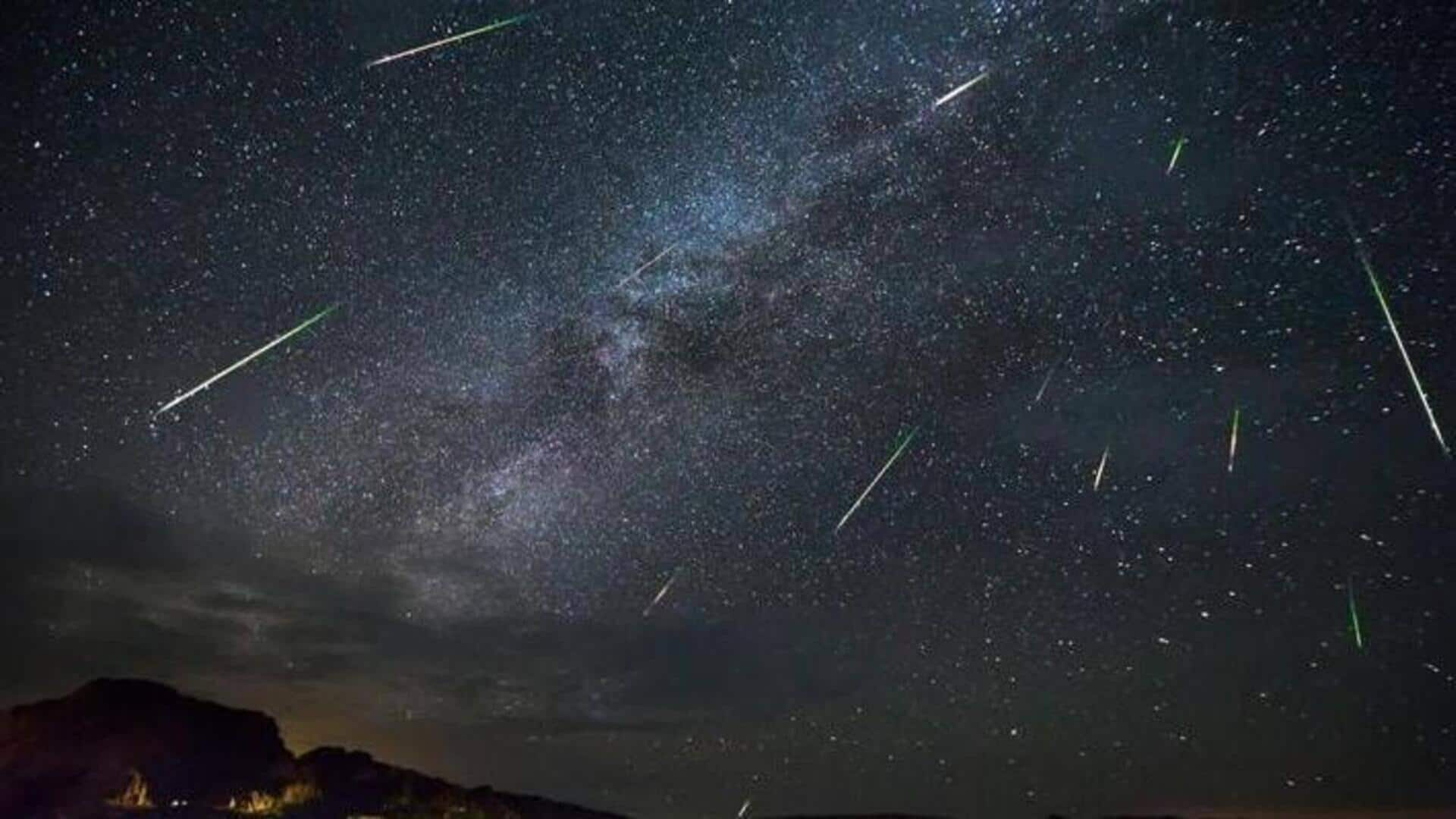
Taurid meteor shower to peak tomorrow: How to watch
What's the story
The Taurid meteor shower, an annual celestial event that takes place every fall, will peak this month. The Southern Taurids will peak on November 5, followed by the Northern Taurids on November 12, according to the American Meteor Society. These meteor showers are characterized by their slow-moving and long-lasting meteors that come from Comet Encke.
Celestial origin
Comet Encke's connection to Taurid meteor shower
Comet Encke, the parent body of the Taurid meteor showers, has a nucleus about 4.8km wide. As it moves through our solar system, the comet leaves a trail of debris — ice and dust — that Earth passes through twice, creating two distinct parts of the shower: Northern Taurids and Southern Taurids. This celestial event is commonly called "Halloween fireballs" for its late October occurrence.
Unique characteristics
Taurid meteors: Larger and slower than others
Taurid meteors are also unique in their size and speed. They are usually larger than other meteors and can survive longer as they pass through Earth's atmosphere. Unlike Orionids which burn up at altitudes around 93km, Taurids make it as far as 68km. They also travel relatively slower than some other meteor showers at about 104,000km/hour.
Viewing guide
Taurid meteor shower: A global spectacle
The Taurid meteor shower is visible from nearly every corner of the Earth, except for the South Pole. To spot it, look for the constellation Orion and then look toward the northeast to spot the red star Aldebaran, which is aligned with the Taurus constellation. The ideal time to catch this celestial phenomenon is around midnight when both northern and southern streams are active.